Affiliate links on Android Authority may earn us a commission. Learn more.
What's the best Android phone? We tested hundreds, here's our top 5
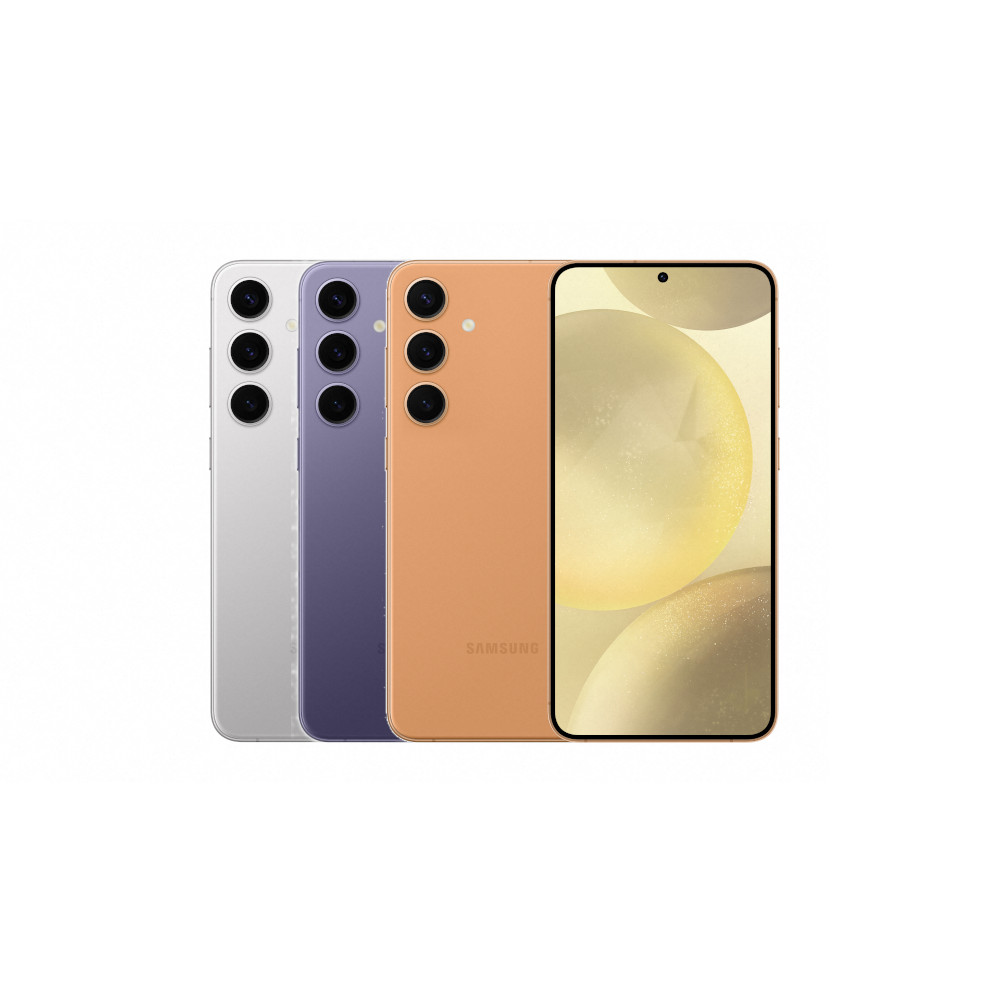
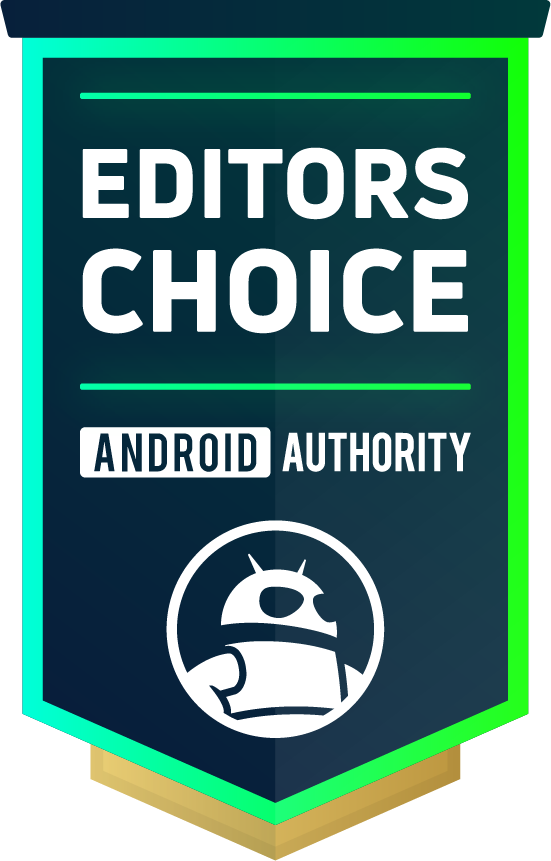
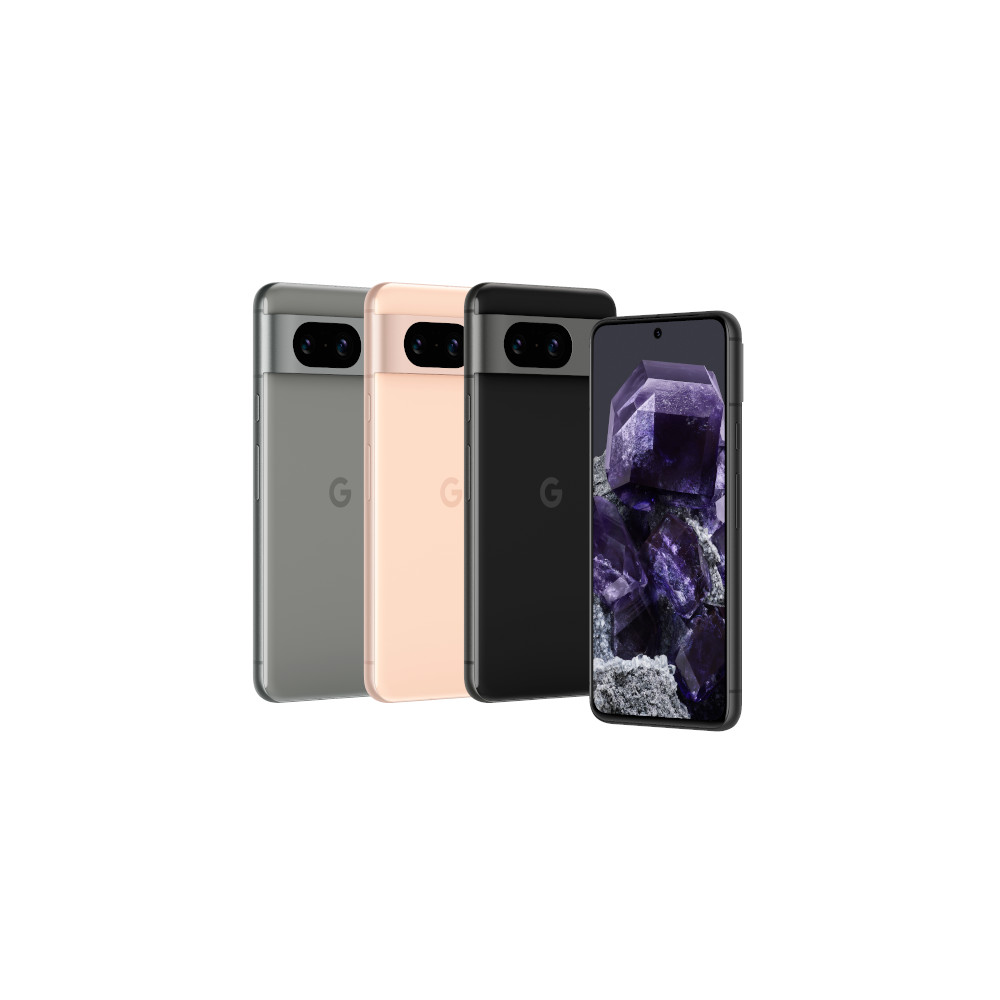

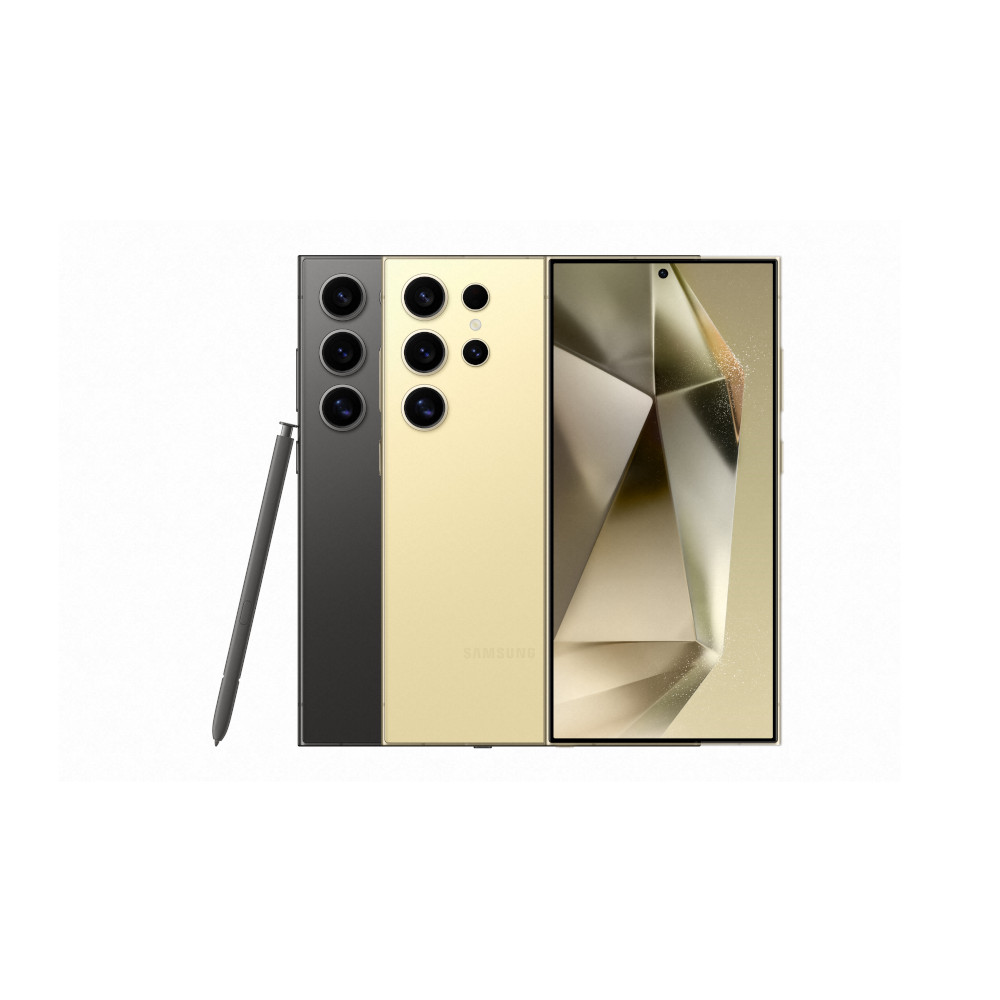



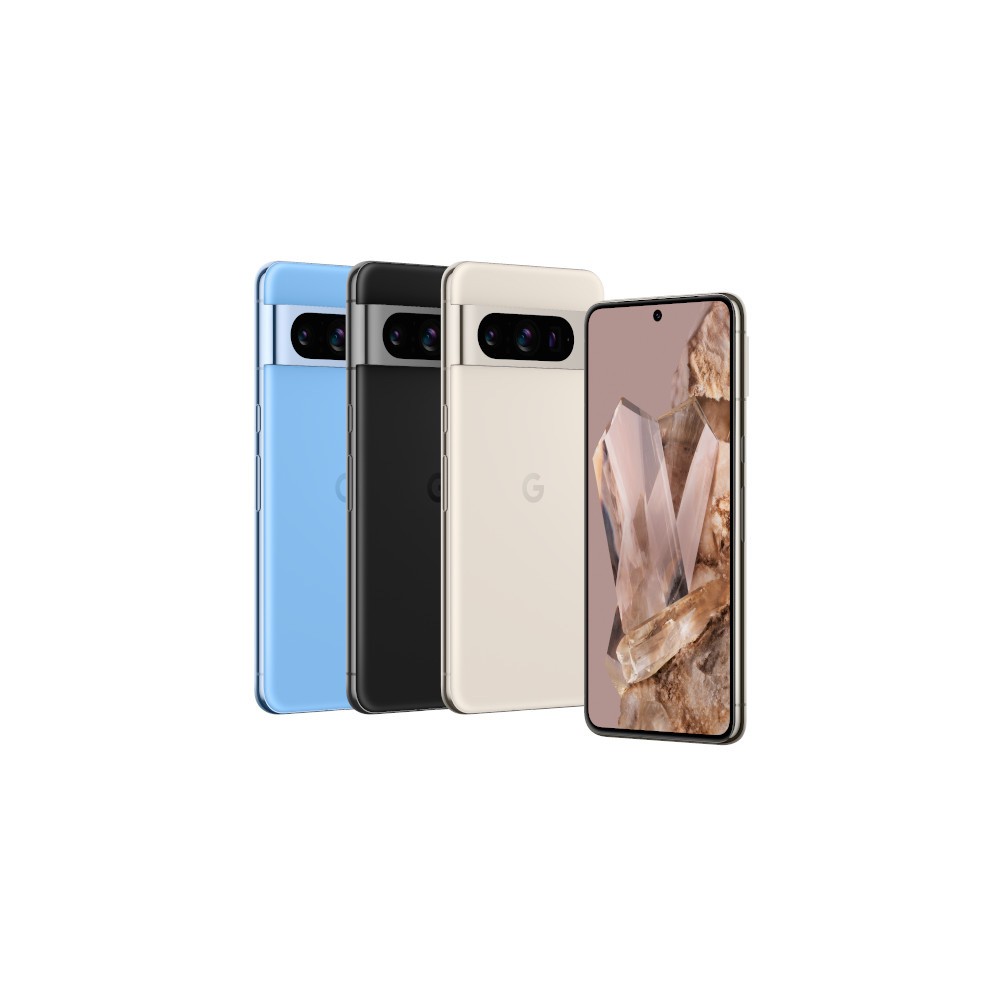

The Android world is confusing, with lots of brands and models that can make it difficult to pick the right phone for you. To help, we’ve tested and reviewed hundreds of devices at Android Authority and picked out the best Android phones you can buy in 2024, starting with a device we think everyone will love.
If you’re not too familiar with smartphone tech, check out our detailed buyer’s guide below to learn what to look out for.
The best Android phone for most people is the Samsung Galaxy S24 Plus


The Samsung Galaxy S24 Plus is the best smartphone for most people. It might not be the flashiest on paper, but it strikes a satisfying balance between hardware, software, and value that’s difficult to ignore. Notably, the Galaxy S24 Plus is just the latest Plus-line model from Samsung that topped our list. The Galaxy S22 Plus and Galaxy S23 Plus previously held this honor, and we still think both of these devices are still good buys, even in 2024. However, the new model brings just enough enhancements to win us over.
Which is your favorite smartphone brand?
While all Galaxy S24 phones have an array of excellent specs and fantastic cameras, the primary reason we think the Galaxy S24 Plus is the best option in Samsung’s new flagship line is its value proposition. This model saw no price increases in 2024, offering upgraded battery size, a larger display, and an extensive software policy on top of an already great phone.
What makes it stand out
- Versatile cameras: The Galaxy S24 Plus may not see many new camera features, but it uses a tried and trusted array.
- Premium design: Is it similar to its predecessor? Yes. But the Galaxy S23 Plus was a good-looking phone. This is by no means a con.
- Solid performance: Whether you grab an Exynos or Snapdragon version, we expect performance in spades.
- Gorgeous display: Now slightly larger, the Galaxy S24 Plus has a beautiful display for productivity and pleasure.
- Software support: Samsung’s software support now measures up to Google’s Pixel 8 series promise, with updates through to 2031.
The best value Android phone is the Google Pixel 8


It should come as no surprise to see Google make the list of the best Android phones, but the Google Pixel 8 is in a really unique spot. It’s no longer the incredible deal that the Pixel 7 was, but Google has added a lot of value to the higher pricetag by promising a whopping seven years of updates and hardware support. That’s two lifetimes in the smartphone era, and who knows where we’ll be in 2030.
The Pixel 8 launched with the third iteration of Google’s in-house Tensor chip, which is looking to build on already strong performance. These chips focus more on machine learning and image processing rather than raw power, although they’re more than capable of tackling daily tasks without a hitch. Our benchmarks put it well below the Galaxy S23 Ultra, but unless you’re a hardcore gamer you’ll be just fine. Like all Pixel phones, the Pixel 8 places a special focus on photography while keeping things as simple as possible, which is perfect for everyday users.
What makes it stand out
- Value: The price is slightly higher than last year, but this phone will last a long time with seven years of updates.
- Excellent photos: The Pixel 8 is a great point-and-shoot camera, mostly thanks to the continued focus on image processing.
- Software smarts: Clever Pixel features like Magic Eraser and AI call screening continue to grow and improve over time.
The best premium Android phone is the Galaxy S24 Ultra


The Pixel 8 might offer the best value, but if you want all the bells and whistles, we recommend the Galaxy S24 Ultra. Weighing in at over 230 grams, it strikes a stark shadow over the Galaxy S24 Plus with sharp edges, a 6.8-inch flat display, and an S Pen tucked away in its flank. The stylus is still one of the core reasons to purchase the Ultra model, making jotting down notes a breeze. There are new tricks this year, too. Thanks to Samsung’s AI focus, a new Note Assist feature automates formatting and correcting your messy S Pen scribbles.
So why is this not the best phone you can buy? Well, it probably is if all you care about is specs. But, it’s by no means the pragmatic choice. The Galaxy S24 Ultra will demand an additional $100 this year, pushing it further into the $1,000 bracket. It’s now $300 more expensive than the Galaxy S24 Plus, and we don’t think its value proposition is as convincing as its smaller sibling. Considering the seven-year Android software promise, it’s still a viable long-term investment.
What makes it stand out
- Impressive design: The S24 Ultra has (almost) everything you could want shoved into a smartphone.
- Stellar performance: Wherever you buy it, the Snapdragon 8 Gen 3 for Galaxy will push those pixels around for you.
- The best camera in the biz: An exciting camera lineup awaits those who value versatility.
The ROG Phone 8 is the best Android phone for gaming


Phones marketed at gamers have always had some glaring omissions or unusual design choices, but the ROG Phone 8 is a welcome exception. Not only is it the best gaming phone you can buy, but it also does away with most of the typical pitfalls of niche gaming devices, taking more cues from the ASUS Zenfone lineup than ever before.
The big thing that separates it from non-gaming devices is the inclusion of hardware shoulder buttons called Airtriggers. There’s also an ecosystem of accessories to get more out of the device, most notably the AeroActive Cooler X, which is included with the Pro model. It also has no shortage of raw power, but this year’s model is just a great all-around device. The only slight downside is the middling cameras, but if you want to game, it’s the best Android phone you can buy.
What makes it stand out
- One for the gamers: With tip-top performance and built-in hardware triggers, this is the best gaming phone you can buy.
- Stellar battery life: A massive battery cell will keep this phone chugging for days (or several hours of intense gaming).
- Useful accessories: ASUS created an entire ecosystem of accessories for this phone, from controllers to coolers and more.
The smartest Android flagship is the Pixel 8 Pro


We’ve already extolled the virtues of the standard Google Pixel 8 above, but now it’s time for the Pixel 8 Pro to get its time in the limelight. It’s a few hundred bucks more expensive than its smaller sibling, but it has a host of features that you won’t find on any other flagship, period. Plus, with seven years of updates, it’s a safe bet that the list of Pixel-only features will only grow. In fact, big features like the Video Boost have were already pushed to the device in the Pixel December Feature Drop.
On the outside, the main thing that separates the Pixel 8 Pro from the Pixel 8 is its sizable 6.7-inch OLED screen with a variable refresh rate between 1-120Hz, which nearly matches the Galaxy S24 Ultra. Camera performance is even better than its smaller sibling, easily matching or beating results from more expensive flagships like the Galaxy S24 Ultra or iPhone 15 Pro Max. The minor upgrades over the Pixel 7 Pro add up to a lot, but the new and upcoming AI features combined with an astonishing seven-year update commitment from Google make this a great buy for Android enthusiasts.
What makes it stand out
- Versatile cameras: Google nails a great camera trifecta, with improved resolutions and a telephoto lens to boot.
- Gorgeous screen: The Pixel 8 Pro has a bright LTPO screen that runs from 1-120Hz, saving you battery life when looking at static images.
- Software smarts: No other smartphone can boast the breadth of software features found on Pixel smartphones, and the gap will only grow over seven years of updates.
Honorable mentions
While we’ve listed the best Android phones we’ve tested above, there are a few more options out there that might better suit your needs. Some are Europe-only, and others are just a bit too niche to earn a top spot on the list. Here are our honorable mentions:
- Samsung Galaxy Z Flip 5 ($999.99 at Samsung): As far as foldables go, the Galaxy Z Flip 5 is the easiest to recommend. Its pocketable size and attractive design make it a great pick for most people, and after a few iterations of polish, there are now very few tradeoffs for the Flip’s clamshell-style foldable form factor.
- Samsung Galaxy Z Fold 5 ($1799.99 at Samsung): If you have money to burn, the Galaxy Z Fold 5 is the most premium device you can buy. It folds out into a tablet and supports an S Pen, making it a unique experience in the Android phone world.
- ASUS Zenfone 10 ($699.99 at Amazon): If you want a small Android flagship, the Zenfone 10 is the best by far. It’s ready for one-handed use and doesn’t make any compromises in terms of battery life or performance.
- Google Pixel 7a ($477 at Amazon): Not everyone can afford to spend more than $800 on a phone, which is where this budget option comes in. It’s cheaper than the Pixel 8, but it still offers a very appealing alternative.
- Samsung Galaxy S24 ($859.99 at Amazon): The Galaxy S24 isn’t as imposing as its larger siblings, but if you want a smaller Android phone, it’s an excellent pick. It shadows the Galaxy S24 Plus in several aspects, but does have less RAM, a smaller battery, and less base storage. A slightly cheaper option is the Galaxy S23 FE, which makes some tradeoffs in build quality but is otherwise a good choice.
- Google Pixel Fold ($1799 at Amazon): Google’s take on a foldable device is much wider than Samsung’s, and although we don’t think it quite measures up, it’s a solid option for anyone who wants a foldable with Google’s software.
- Samsung Galaxy A54 5G ($449.99 at Samsung): The Samsung Galaxy A54 5G is an all-around excellent mid-range device. It’s overshadowed by Samsung’s more expensive Galaxy S series phones, but it’s a great pick for anyone on a budget.
- Nothing Phone 2 ($699 at Amazon): Nothing made some big improvements in its sophomore smartphone, and the Glyph on the back is still a big selling point. It’s also officially available in the US, making it a great device for anyone who wants a conversation starter.
- HONOR Magic 5 Pro ($1049.99 at Amazon): HONOR seriously stepped up its game with the Magic 5 Pro, and it can finally go toe-to-toe with Samsung and Apple. If you live in the UK or Europe, that is.
- Sony Xperia 1 IV ($1398 at Amazon): If you want hardware that spares no expense, the Xperia 1 IV is it. We really liked the device in our review, but it’s just too expensive to take one of the top spots. The Xperia 1 V ($1398 at Amazon) is a newer version, but the 1 IV is still a better value considering the fifth-generation phone starts at a whopping $1,400.
What we look for in the best Android phones
Here at Android Authority, we’ve reviewed hundreds of Android phones over the years, but you may have different criteria when selecting the device for you. Here’s a short list of things we consider during our time with each device so you can decide which ones are a priority.
Which smartphone manufacturer do you trust the most for software updates?
Price and value
Smartphones are now regularly pushing $1,000 or more, but spending more won’t always get you a better device. We look at price in relation to what a phone and its competitors offer, both from a hardware and software perspective. Obviously, in this particular list, we’re looking at the cream of the Android crop so you’ll find mostly flagship devices, but we’ve got a separate list for the best budget Android devices, too.
Performance
When we talk about performance, we’re mostly talking about a phone’s processor or system on a chip (SoC). At this point, even mid-range devices are capable of great everyday performance, but the latest Qualcomm powerhouses are necessary for smooth scrolling on speedy, high-resolution screens or getting the best framerates in demanding games. Other options, like Google’s Tensor, focus on machine learning to unlock things like better photo processing and real-time translation. Another thing we consider is RAM. We recommend at least 6GB of RAM for the best experience, with gains falling off after 12GB.
Cameras
For the best Android phones, we expect more than a single lens to provide more versatility in mobile photography. Megapixel counts play some role here in providing good detail, but nowadays, the biggest determining factor is software. Google has traditionally been the king of photo processing, but others like Samsung, Sony, and OPPO are also top performers. Check out our camera shootout for samples of the best of the best.
Connectivity
5G isn’t quite as ubiquitous as we’d like in 2024, but if you’re buying a new phone, we recommend devices with 5G to futureproof it as much as possible. It’s worth mentioning that there are a few flavors of 5G available: the speedy but short-range mmWave and the slightly-less-speedy sub-6GHz. Not all phones support mmWave, but unless you live in a major city in the US, odds are you don’t need it.
Build materials
Most premium Android phones are made of some combination of glass and metal, but they vary in how much protection they provide. Gorilla Glass Victus is significantly more resistant than Gorilla Glass 5, for example, although you’ll probably want to slap a case on it regardless. You should also keep in mind that foldable devices are particularly prone to damage, especially in the vulnerable hinge mechanism.
What about iPhones?
You’ve just finished reading about the best Android phones, so we have an idea of where you stand in the iOS vs Android debate. However, nothing is ever set in stone. If you have an iPad or maybe a MacBook, you might decide that it’s best to stick with Apple’s ecosystem. On the other hand, you might be ready to break free and tap into more customization options. You’ll face different app selections on both platforms, but it’s all about your comfort level.
Check out more on the long-standing iOS vs Android debate right here. If you are thinking of buying an iPhone 13, iPhone 14, or iPhone 15, read our reviews below to learn more.
FAQs
You’re in luck because we have a handy guide to help here too. There are some specific options for seniors with simplified menus, or we recommend a Samsung device for its Easy Mode feature. You can also load up a launcher like Big Launcher or Simple Launcher to make menus and dialers more approachable.
We talk an awful lot about RAM every time we mention a smartphone, but how much is enough? Luckily, we have yet another in-depth guide to help you out. If you’re only covering the bare basics, you might be able to get away with 4GB, but 8GB is more appropriate if you have eyes on multitasking. Some heavy-duty gamers might even want 12GB or 16GB just to keep up with anything and everything.
Yes! Well, some of them. Most recent flagships are worth buying, even up to a year or two after release. You can usually save a good amount of money at this point and still get good performance. At this point, we don’t recommend buying a 4G flagship, but most 5G flagships are still good to go.
This is a tricky one. If you’re eyeing a flagship device, you’ve probably seen the likes of the Snapdragon 8 Gen 3, Dimensity 9300, and Exynos 2400 thrown around. Each comes with its own list of devices, but we’ve put them through the wringer for you. You can see how the Snapdragon 8 Gen 3 compares to the Dimensity 9300 in our tests. We’ll have to wait a little longer for those Exynos 2400 benchmarks, though.